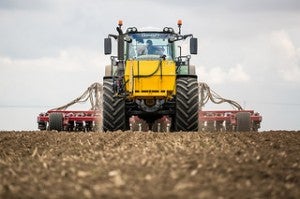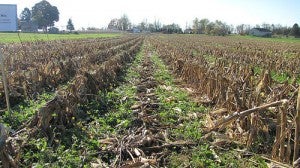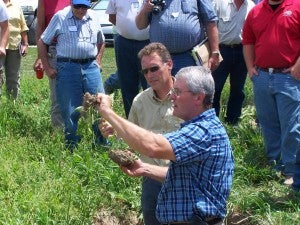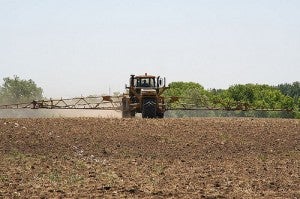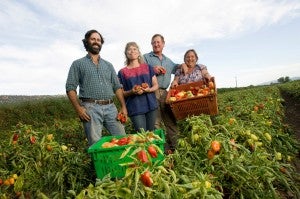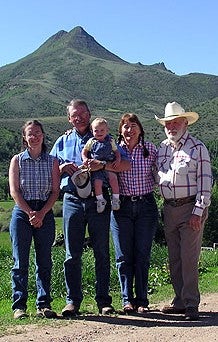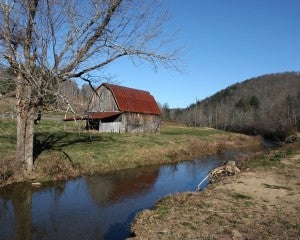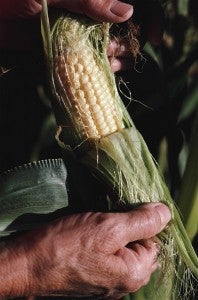 Precision agriculture is on its way to becoming mainstream. First, farmers need tools and technologies that make this kind of smart farming dramatically easier.
Precision agriculture is on its way to becoming mainstream. First, farmers need tools and technologies that make this kind of smart farming dramatically easier.
Optical sensors are one of the most promising technologies available now. This technology is very exciting because it helps farmers save money on fertilizer – and improve crop yields.
Optical sensors are devices attached to a farmer’s fertilizer applicator. As the farmer travels across the field applying fertilizer, the technology reads how green or healthy the crop is, and it applies the right amount of fertilizer in accordance with each plant’s needs. Read More











